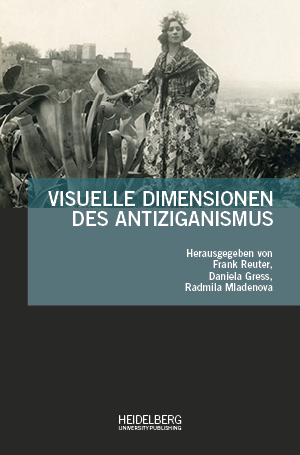How to Cite
License (Chapter)

This work is licensed under a Creative Commons Attribution-ShareAlike 4.0 International License.
Identifiers (Book)
Published
(In-)Visibilisierung der „Zigeuner“-Eigenschaft
Abstract This article investigates the deeper causes for the special status that the „Gypsy“ has occupied in the discourses of knowledge since the early modern period. The uncertainty regarding the „Gypsy“ character with regard to religion, language or ethnicity is almost obsessively discussed in expository and artistic texts. The stigma „Gypsy“ lives from its vagueness, from an oscillation between visualisation and invisibility of difference. The thesis is discussed whether this very ambiguity attributed to the „Gypsies“ did not serve to negotiate the boundaries of the „own“: as a resource for the transformation of collective identity of those who set themselves apart from the „Gypsies“. In this instrumentalisation, the author sees one of the main reasons for antiziganism, because the mechanism described inevitably entails exclusion effects for those visualised as „Gypsies.“ The struggle for the truth of the self was (and is) carried out at the expense of the „Gypsies.“ The mode of this functionalisation was retained over the centuries and changed with current identity concepts, thereby generating ever new reasons for exclusion. The artistic images and texts that are most likely to escape this dynamic are those that recognise the abysmal nature of the game with the boundaries of the „own“ and make it tangible.






